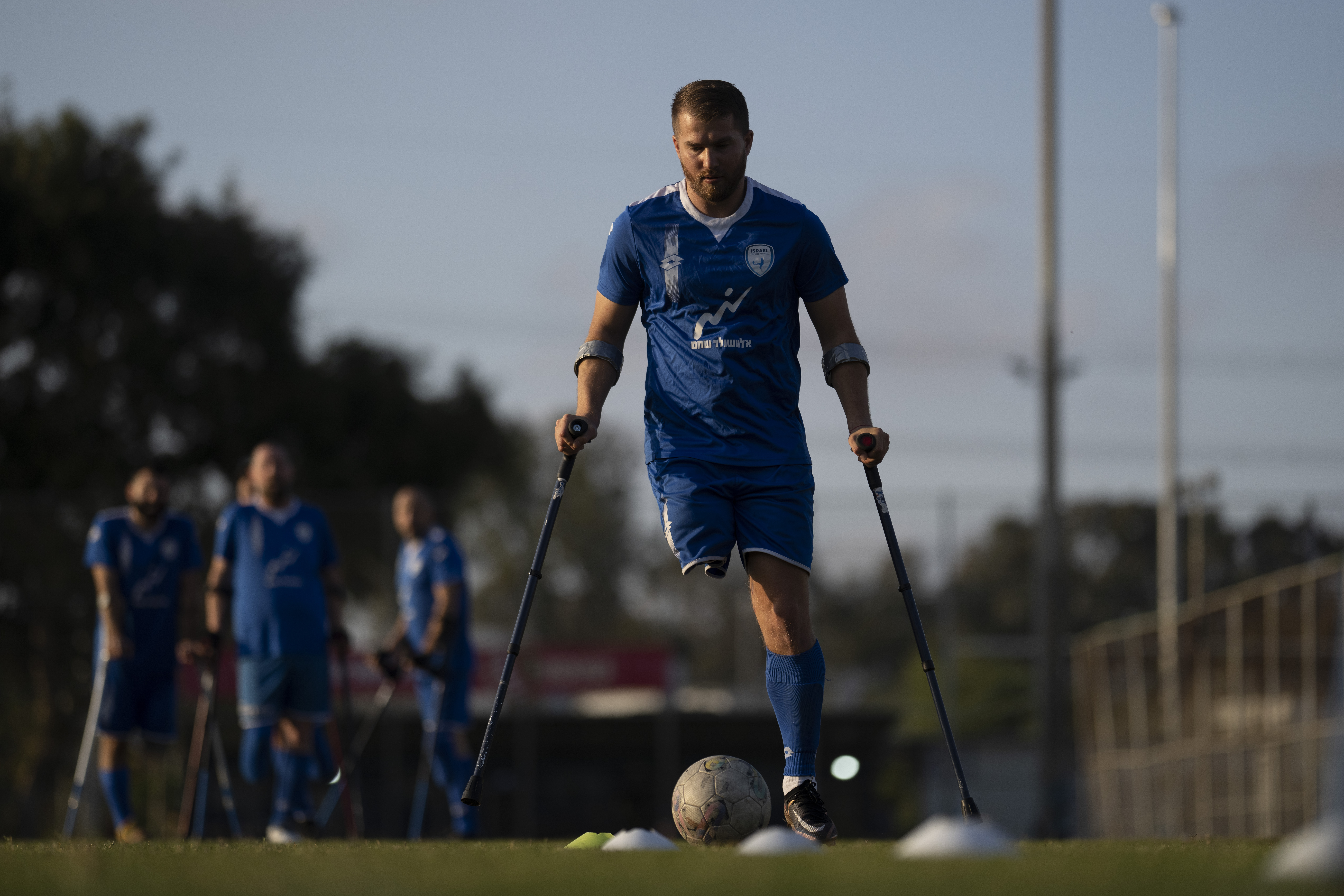Sometimes, you just gotta call. But that's changing.
The next generation of 911 will offer cellphone users the option of texting for emergency help.
It will be welcomed not only by the generation that prefers texting to calling, but more crucially, by those who would place themselves at greater risk if overheard, and also by those who cannot call directly because of deafness or hearing impairment.
- Updates: Download the NBCLA News App
"It's a great idea," signed Heidi Booth, the director of health education at the Greater Los Angeles Agency on Deafness. "It's faster...it will save lives."
In recent years, videophones have enabled the deaf to make calls by via American sign language to an interpreter, who speaks to the caller on the other end.
Texting directly will eliminate the delay of going through the interpreter.
U.S. & World
Text to 911 has been encouraged by the Federal Communications Commission, which has urged cellphone carriers as well as 911 dispatch centers to make the necessary upgrades to accommodate it.
The big four carriers -- AT&T, Sprint, Verizon, and T-Mobile -- agreed to support text to 911 in all areas where it can be received at 911 call centers, known as "public safety answering points."
That pledge took effect Thursday.
But there is no deadline for communication centers to have receiving capability.
As of now, Text to 911 is not available anywhere in California.
Try it, and you will get a bounce back text.
"Make a voice call to 911 for help; text to 911 is not available," reads the message At&T Wireless sends.
Among early adopters, some text to 911 systems date back to 2011 in Vermont and Tennessee.
It's now available in at least some areas of 16 states, according to the FCC's list.
But for the most part, it is in smaller communities, not in large cities or counties that require more complex systems to handle a far higher volume.
In Colorado, for example, text to 911 is available in the Rocky Mountain resort city of Aspen, but not in Denver or anywhere else outside Pitkin County.
Text to 911 is part of a larger initiative known as Next Generation 911, NG911 for short.
In California, it's being overseen by the Public Safety Communications Office of the Governor's Office of Emergency Services.
Earlier this year, texting testing was carried out at several 911 centers, including those for the police departments in Arcadia, Downey, and Cal State University Long Beach, and at the South Bay Regional Public Communications Authority in Hawthorne, according to an Emergency Services report.
It is expected that different centers will use varying technologies, and will not all adopt text to 911 at the same time.
The Governor's office has yet to give any a green light to proceed.
In Vermont, public service announcements stress that when possible, calling is the preferred way to contact 911, in part so that the call-taker can get immediate answers to follow up questions.
In California, calling will also remain the preferred method for contacting 911. Making text available is for special circumstances, not merely for the convenience of those who prefer texting to calling, said an administrator at one communications center.
However, there may be circumstances, active crime situations, in which persons who have the
capability of calling will not want to risk being overheard.
"If I was in the back of a car after being hijacked, I would text," is a scenario suggested by Jeremy Clare-Talbot of Eagle Rock.
In many jurisdictions, 911 calls go initially to law enforcement, and in the case of cellular 911, usually to the California Highway Patrol.
Often the calls then need to be transferred to a local law enforcement agency, or to the local fire department.
How to transfer text messages, or whether to use a web-based system, is among the technical challenges to be worked out.



